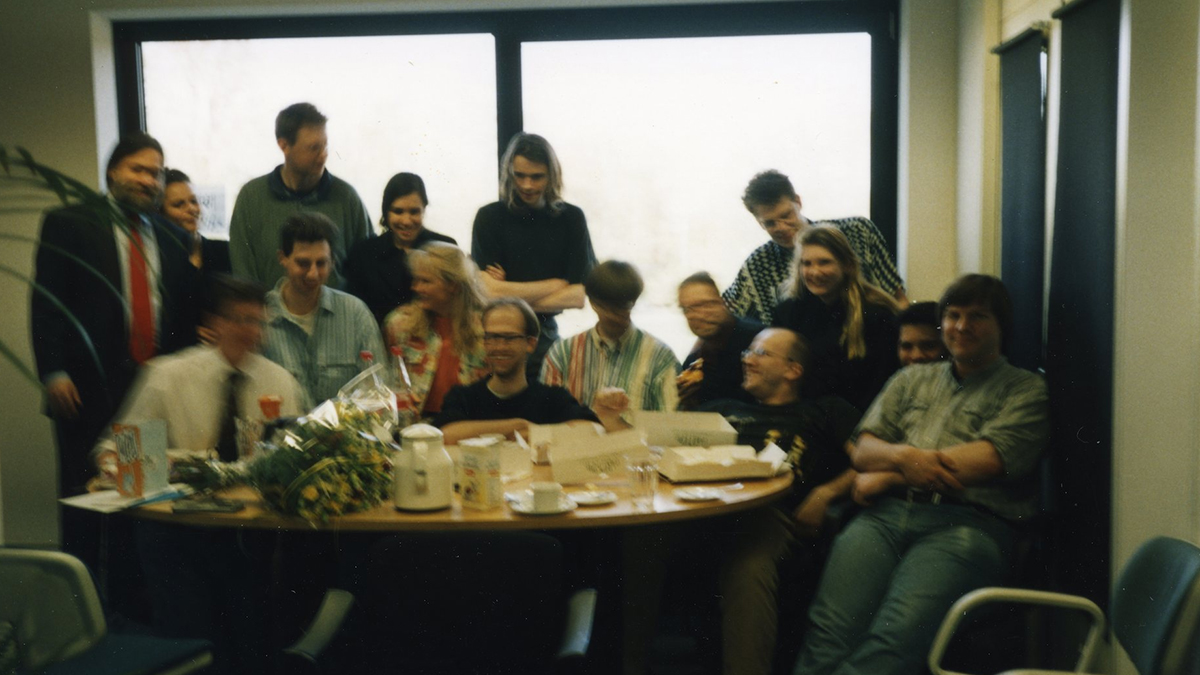Many great ideas can live and die at the hands of venture capital. Having grown up in the San Francisco Bay Area, I have been fortunate enough to have had a front-row seat at many groundbreaking events in Silicon Valley. Many major companies we associate with technology, lifestyle, and fintech were all within an hour’s drive of my house. But what if that idea is the very way we use capital? The recent collapse of FTX led me down a deep rabbit hole of research to bring you an often-forgotten yet critically important step in fintech history: DigiCash.
Today, the rise (and fall) of FTX is a cautionary tale of risk regarding a popular fintech trend: cryptocurrency. As of this writing, the ultimate fate of FTX, its founder Sam Bankman-Fried, and other FTX executives is still in (and on) the air. Allegations of their mismanagement of customer funds continue to dominate the financial news headlines, leading governments worldwide to probe into the nature of cryptocurrency itself and how it should be regulated.
The idea of cryptocurrency is nothing new. David Chaum’s vision of making online payments fast, safe, and anonymous started in his 1982 doctoral dissertation “Computer Systems Established, Maintained, and Trusted by Mutually Suspicious Groups” for a doctorate in computer science at the University of California, Berkeley. Chaum’s 1982 dissertation proposed every element of the blockchain found in Bitcoin except the proof of work (PoW). PoW is a cryptographic proof in which one party (the prover) proves to other parties (the verifiers) that a certain amount of a specific computational effort has been expended and has been the foundation of a permission-less decentralized network along with proof of stake (PoS).

While PoW would not be invented until 1993, and the term would not be coined and formalized until 1999, Chaum’s proposed vault system included achieving a consensus state between nodes, chaining the history of consensus in blocks, and an immutable time stamping of the chained data. The code was also included in this paper, but discussing that would be an entirely new article. While the Internet was technically available to universities, businesses, and the government, it was not yet available to average consumers. These average consumers like you and I would be the most likely to use these digital payment systems. This meant that Chaum was taking a (digital) leap into the unknown.
In a 1983 paper, Chaum was credited for inventing secure digital cash, introducing the cryptographic primitive of a blind signature. This proposal allowed users to obtain digital currency from a bank and spend it however the user wants without the bank or any other party knowing about it. By 1988, Chaum expanded this idea to offline transactions to detect double-spending. Chaum’s most significant breakthrough was the founding of DigiCash in 1989 to commercialize his research. By 1994, the first electronic payment was sent, the same year the commercial Internet was born. The Internet would shape fintech, for better or worse, for the following decades to come.
How did DigiCash work? It required software to withdraw notes from a bank and designate specific encrypted keys before they could be sent to the recipient. The fact that DigiCash payments escaped detection from banks, the government, and any third parties also made it a crucial step forward regarding privacy issues. One bank, The Mark Twain Bank of Missouri, was the only US-based bank that supported DigiCash. DigiCash even became large and significant enough to gain the backing of Germany-based Deutsche Bank, one of the world’s most powerful banks today.
The idea of DigiCash was so far ahead of its time that it filed for Chapter 11 bankruptcy in 1998, and the company was eventually sold in 2002. Why did it fail despite its promise of privacy safeguards and (relative) ease of use? All signs point to timing. For reference, Amazon didn’t begin selling products outside of books, music, and videos until 1999. Chaum said in a 1999 interview that the technology around DigiCash and DigiCash itself entered the market long before e-commerce was fully integrated into the Internet, which wouldn’t take place until the mid-2000s. If the commercial Internet had been around earlier, it might have been possible that Chaum’s work may have been more recognized.
Chaum remains active in technology to this day, mostly in vault systems, digital signatures, anonymous communication, and even in developing trustworthy voting systems. While Chaum isn’t a household name in technology like Elon Musk, Jeff Bezos, or Mark Zuckerberg, he made a pivotal contribution to fintech that we can see today, for better (popularizing e-commerce and digital payments) or worse (bad actors that contributed to the collapse of FTX).
Words by Jose Alvarez
Also published in Gadgets Magazine February 2023 Issue
